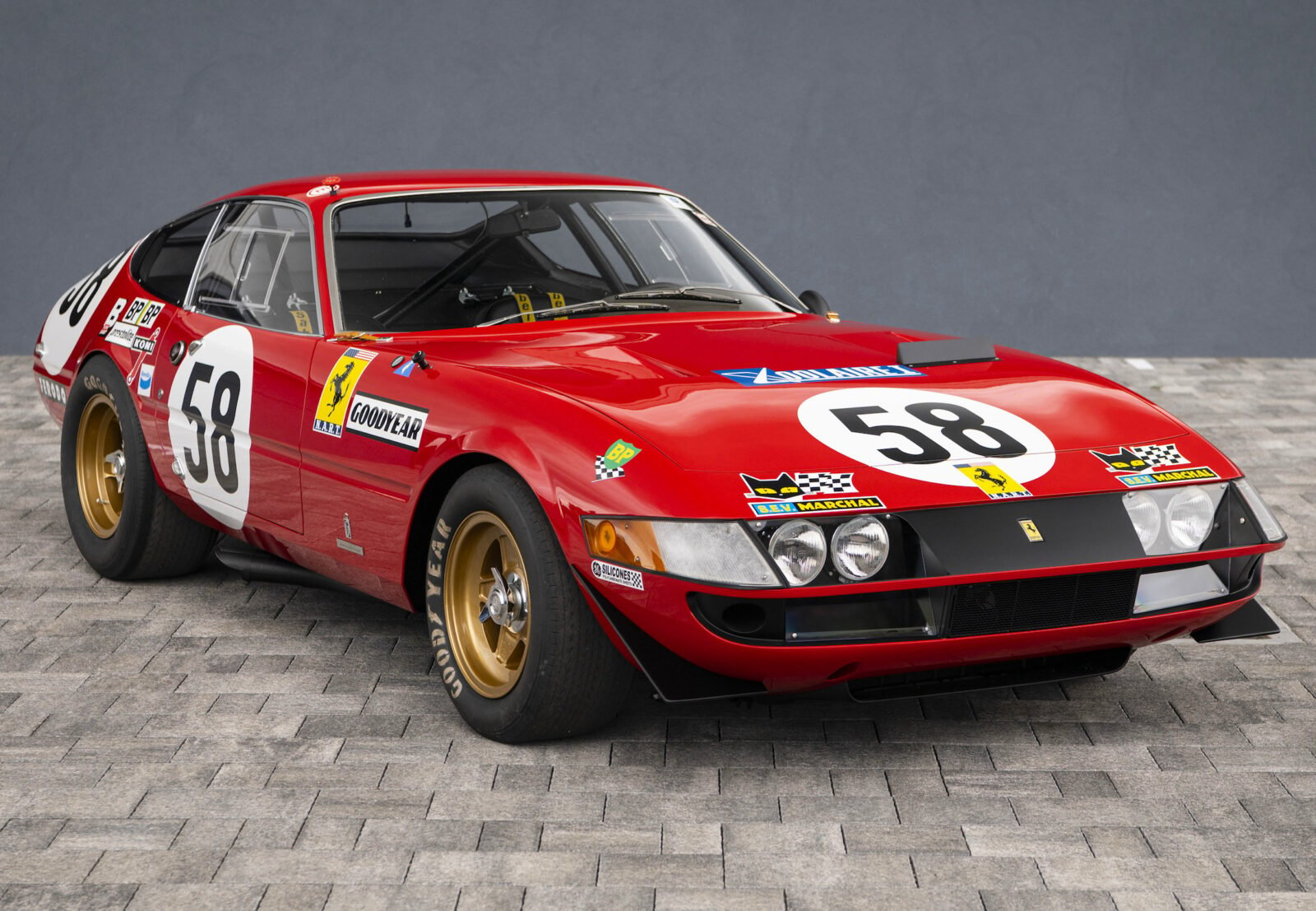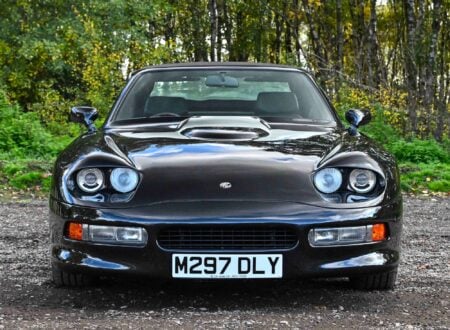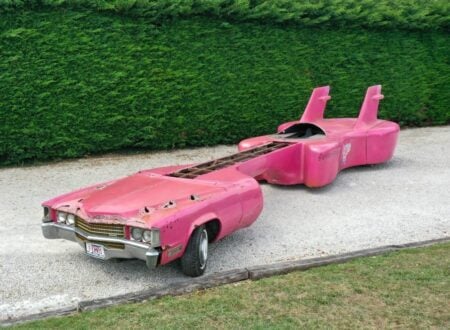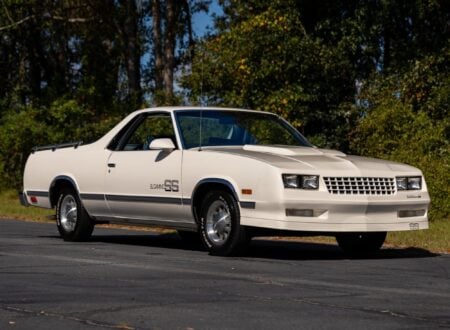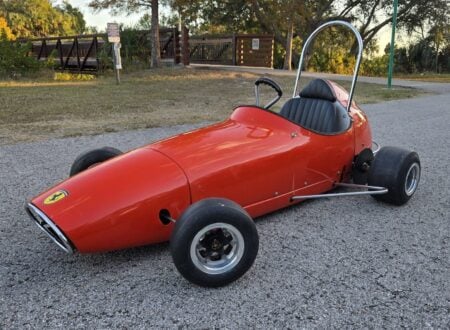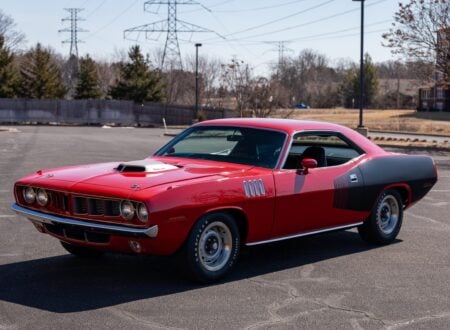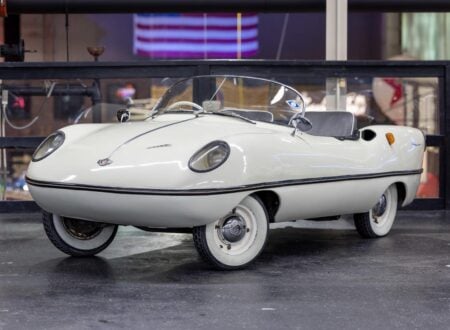This Ferrari 365 GTB/4 is almost certainly one of the most consequential Daytonas ever made. It was just the third production model built and it was retained by the factory as a prototype for testing, before being converted to Competizione specification and sent to race at Le Mans in 1971.
At Le Mans the car managed to finish a remarkable 5th overall, ahead of many factory racing prototypes that had fallen by the wayside. The car would then be sent to the United States where it competed in a number of significant events including the 6 Hours of Daytona and the 12 Hours of Sebring.
Fast Facts – The Ferrari 365 GTB/4 Daytona Competizione
- The Ferrari 365 GTB/4 was unveiled at the Paris Salon in 1968 with one major job – to reclaim the title of Italy’s fastest production car from the Lamborghini Miura. It succeeded in its task, and became one of Ferrari’s most famous GT cars.
- The Ferrari 365 GTB/4 Daytona Competizione was a special competition version of the GTB/4 that was developed specifically for racing. It was built over three major series of five cars each (not including prototypes) between 1970 and 1973.
- The production versions of the Daytona Competizione were largely fitted with lightweight bodies made from aluminum with some fiberglass elements, and plexiglas was used for some windows to further reduce weight. Engines were significantly modified, with later 1973 examples producing as much as 450 bhp.
- The car you see here is the 3rd Daytona that was made, it was retained by Ferrari and used for testing, before being converted into Competizione specification for Luigi Chinetti’s North American Racing Team who then took it racing at the 24 Hours of Le Mans in 1971.
The Ferrari 365 GTB/4 Daytona
It’s been said that Enzo Ferrari never liked the nickname “Daytona,” a nickname that had been coined by the press and seemingly stuck like glue to his new top-of-the-line V12 GT car. Even today Ferrari themselves rarely use the moniker when talking about the car, unless explaining its origins.
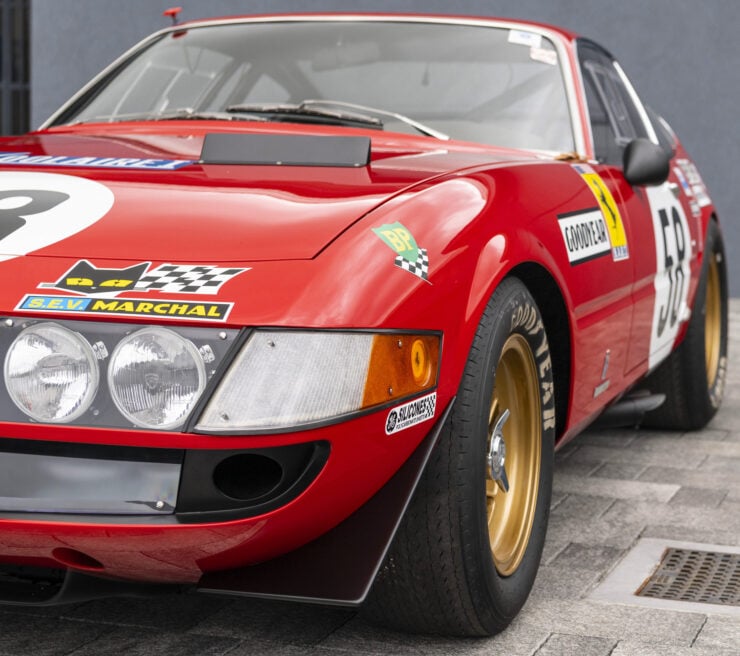

Regardless of what you might call it, the 365 GTB/4 would prove to be a runaway success for the Italian automaker. In the Ferrari tradition of the period the model name actually conveys quite a bit of information about the car, for example the “365” tells you the displacement of each of the 12 cylinders in centiliters.
That said, he did eventually relent on this. The car that succeeded the Daytona would be the 365 GT4 Berlinetta Boxer, powered by a mid-engined flat-12.
The road-going version of the 365 GTB/4 Daytona was capable of 352+ hp at 7,500 rpm, giving it a top speed of 174 mph and a 0-60 mph time of 5.4 seconds. This top speed was 3 mph more than the Lamborghini Miura – the car that Ferrari wanted to prove their superiority over.
The Daytona remained in production from 1968 until 1973. It would later go on to become a pop culture icon in its own right thanks to the use of a black (replica) Daytona in the hit 1980s TV series Miami Vice.
The Daytona Competizione Prototype Shown Here
As you will have read further up in the introduction, this car is one of the most special Daytonas on earth given its remarkable history. It’s just the third of the 1,400+ examples of the 365 GTB/4 that were built – and it was retained by the Ferrari factory.
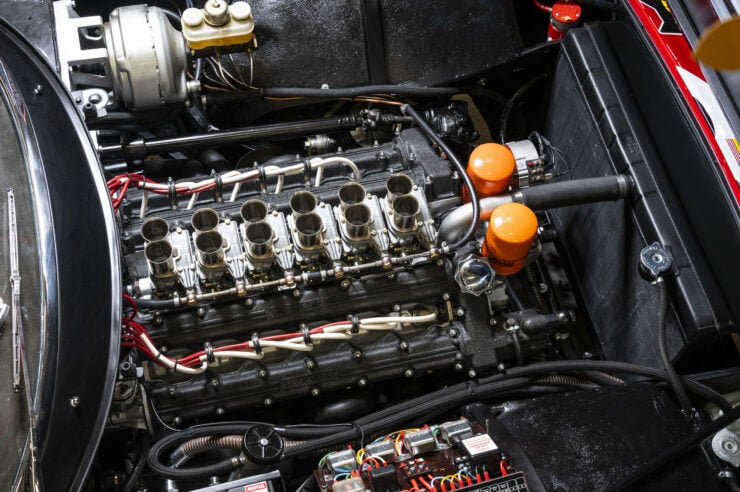

The reason it was kept at Ferrari was so that engineers at Maranello could use it as a development prototype. They used the car as a test bed for a number of parts including a new type of wiper system.
This would have already ensured that the car was historically significant, however in 1971 a series of events took place that transformed the car from a development prototype for the Daytona road car, into a Competizione destined for France and the 24 Hours of Le Mans.
This transformation of the car was done at the behest of Luigi Chinetti, the head of the fabled North American Racing Team (NART). The original steel body was kept on the car, rather than replacing it with an alloy body, the car was fitted with a quick-release fuel filler cap in the trunk lid, a Dino 206 SP-style fuel capacitor, a 512M fuel pressure gauge, lightweight Plexiglass side windows, a front spoiler, and flared wheel arches to accommodate the wider 9″ rear and 8″ front wheels.
The car was delivered from Italy directly to NART at Le Mans where it was to be raced by the two-man team of Bob Grossman and Luigi Chinetti Jr. The two drivers took turns behind the wheel over the course of the 24 hour race, that quad cam Colombo V12 ran like clockwork as many more delicate Le Mans prototype race cars broke down or otherwise met their demise.
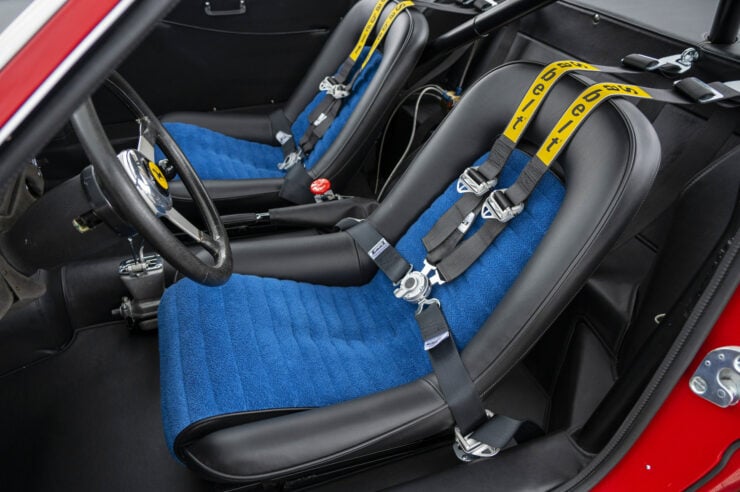

By the time the checkered flag fell this car, chassis 12467, was 5th overall – a remarkable feat. It was also the first front-engined car to cross the line.
NART then took the car back to the United States with them, they raced it at the Daytona Six Hours, the 12 Hours of Sebring, the Road Atlanta SCCA Regional, and the Watkins Glen Six Hours.
In 1973 the car was sold off into private ownership and it remained in the USA for over 40 years before it was brought back to Europe. In 2022 the current owner sent the car off to be carefully restored to 1971 Le Mans configuration – it was entrusted to Corrado Patella’s Autofficina Omega and Dino Cognolato’s Carrozzeria Nova Rinascente under the management of Ferrari Classiche.
The car is now undergoing inspection for Ferrari’s coveted “Red Book” Classiche certification.
It’s due to roll across the auction block with RM Sotheby’s on the 9th of June with a price guide of $5,000,000 – $5,500,000 USD, if you’d like to read more about it or register to bid you can visit the listing here.
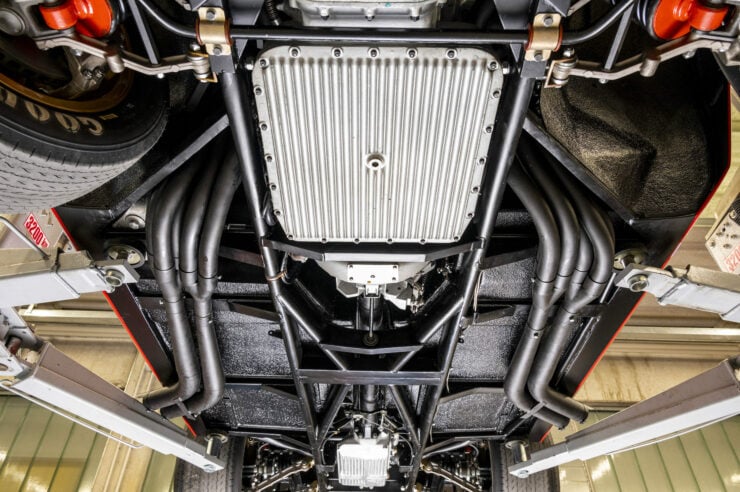
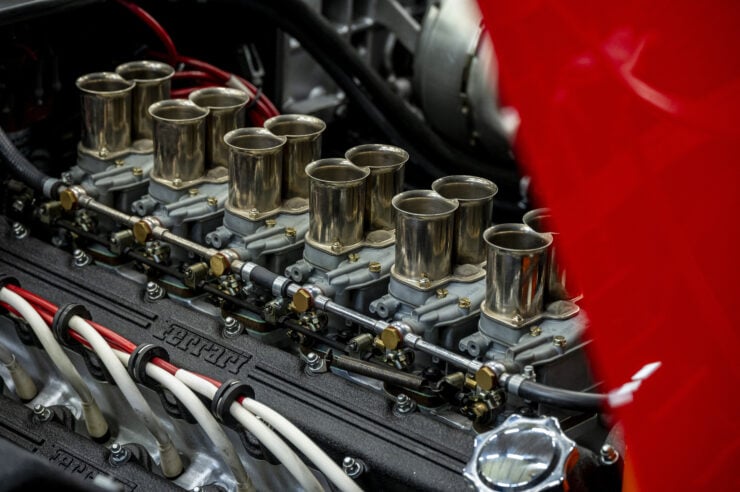
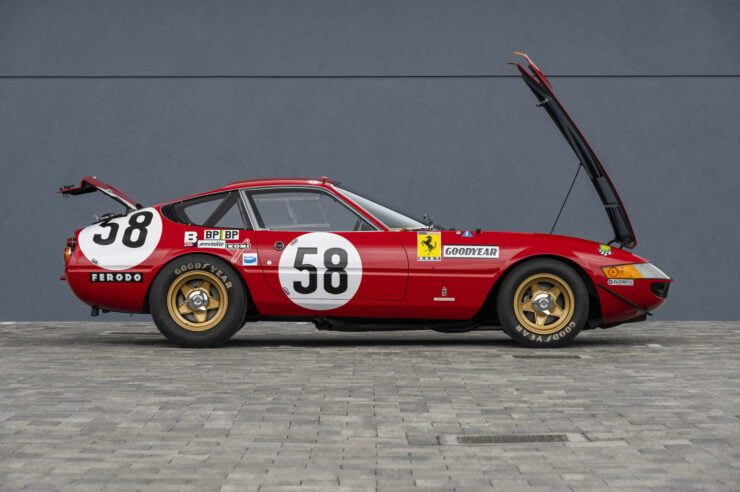
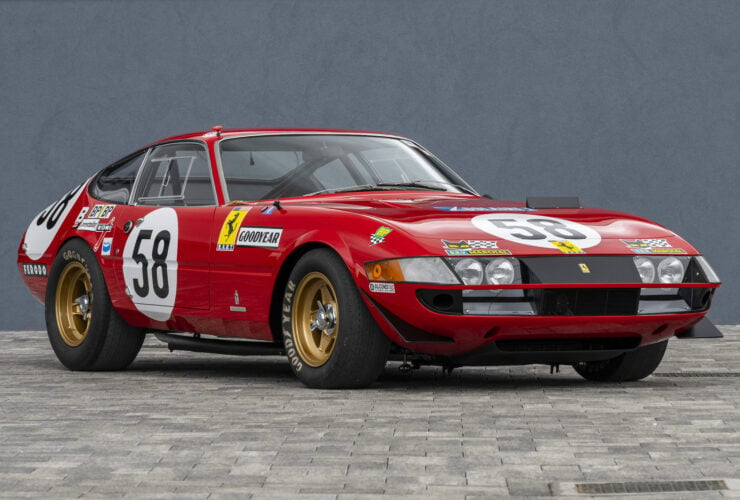
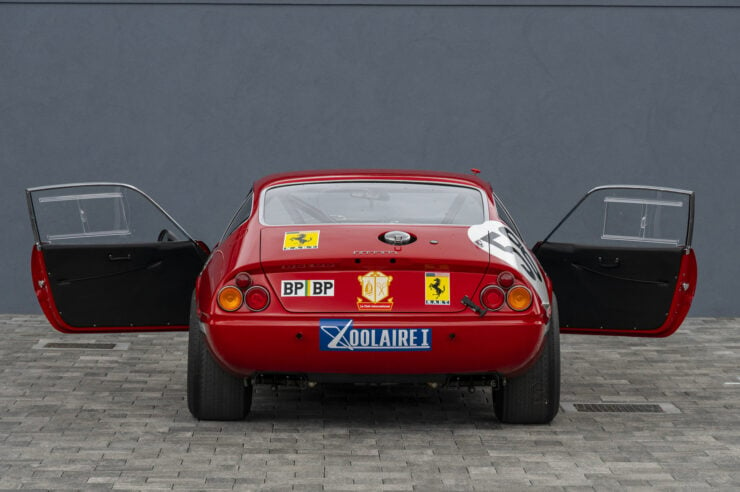
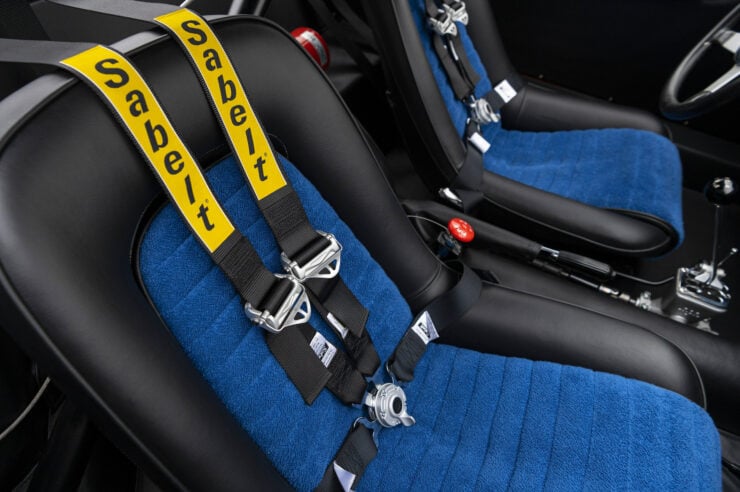
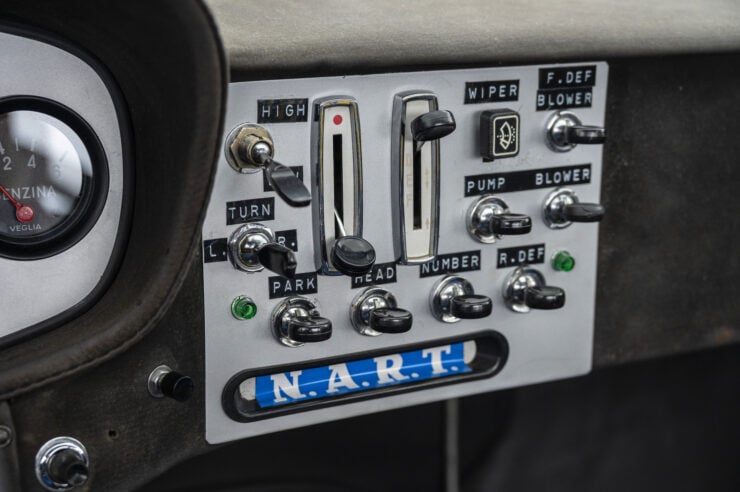
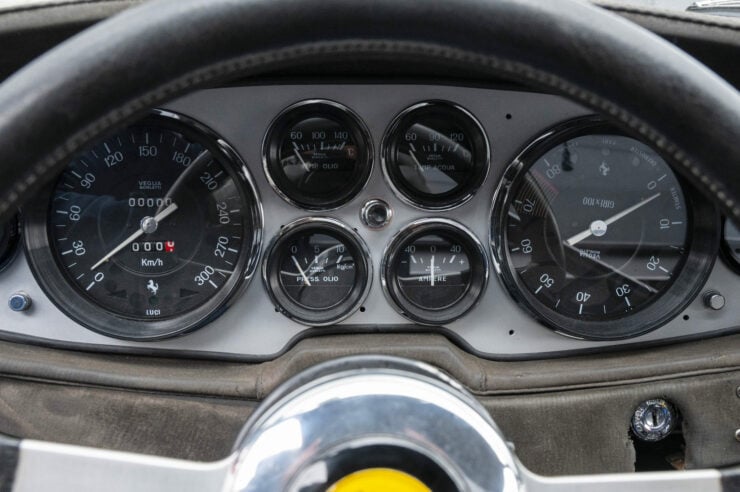
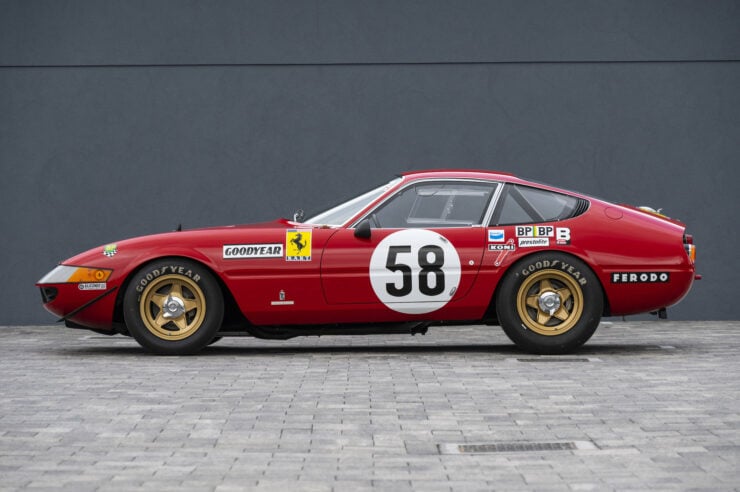
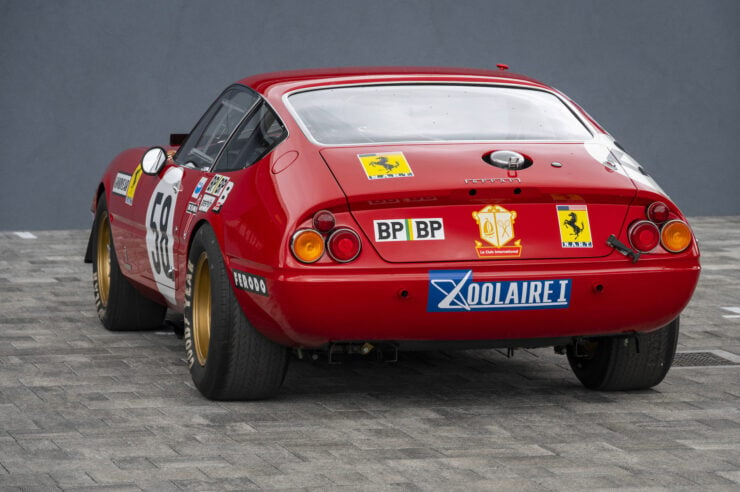
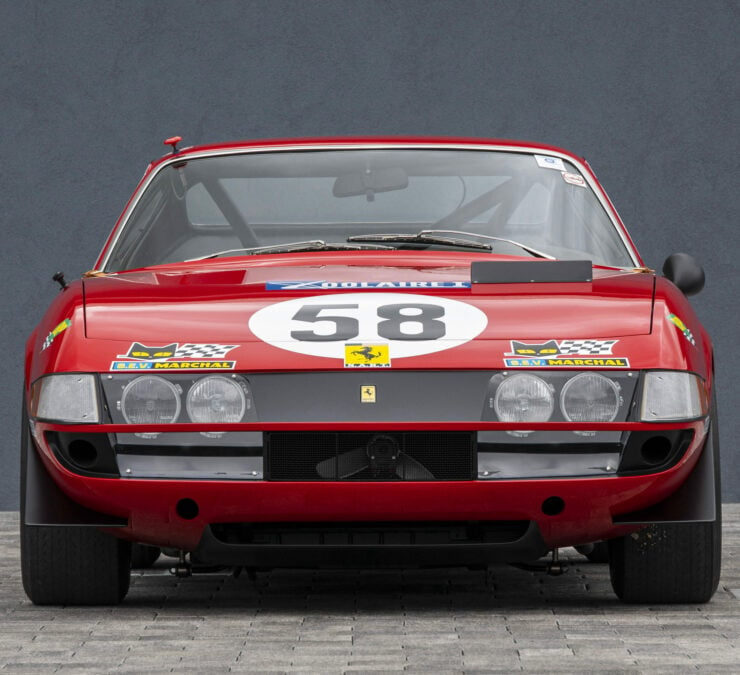
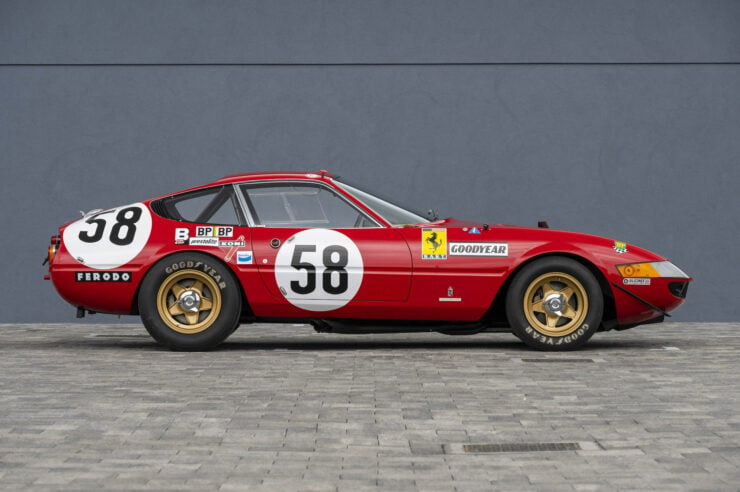

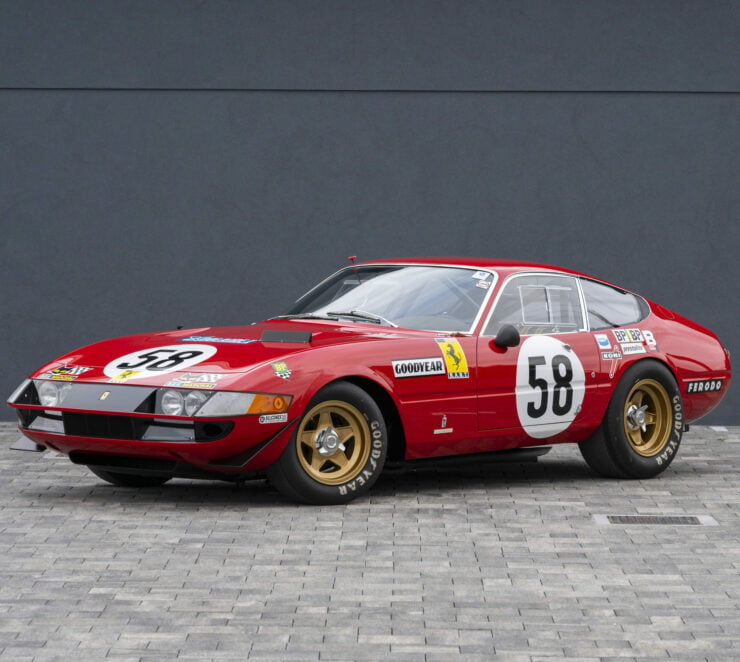
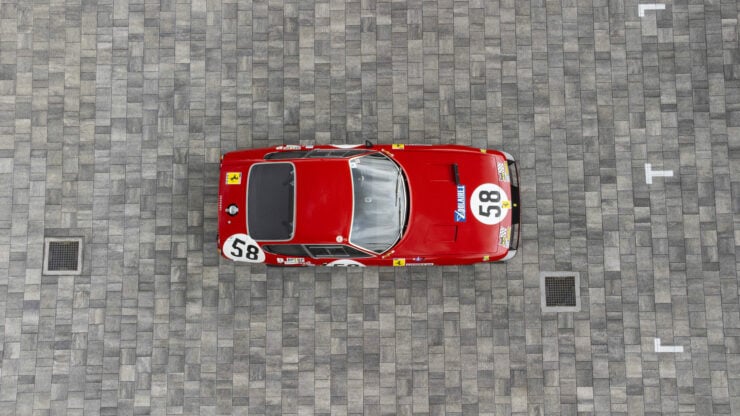
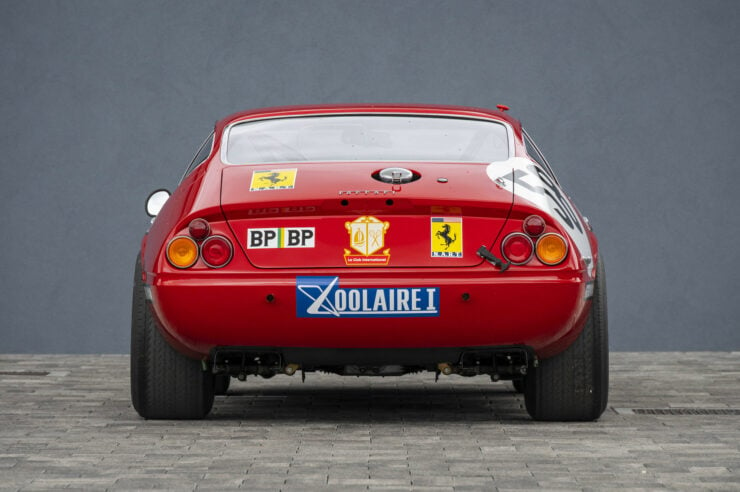
Images: Paolo Carlini ©2023 Courtesy of RM Sotheby’s

